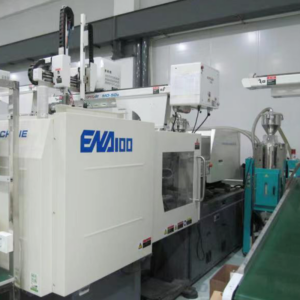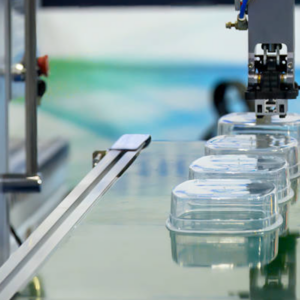Creating a precision part starts with crafting a perfect mold. The tool’s construction demands high accuracy and can be the most significant investment in the manufacturing process, making precision crucial, especially for high-volume production.
Understand Your Plastic
The mold and molding process must be tailored to the type of plastic used. Amorphous plastics are less flowable and shrink less compared to crystalline or semi-crystalline plastics, which flow better but shrink more. Engineering resins are often preferred for their better melt and lower shrinkage rates. Plastic suppliers provide critical data on shrinkage, temperature, and melt flow rates.
Incorporate Draft Angles
Draft angles, or drafting, facilitate the release of parts from the mold. Typically, untextured molds require at least a 1° angle, while textured molds need at least 3°. These angles prevent damage during release and should be carefully calculated, especially in areas where parts must fit tightly together.
Ensure Resin Flows Properly
Effective plastic molding involves varying wall thicknesses for strength and structure. Resin should flow from thick to thin sections to ensure complete filling. Positioning the gate near the thickest sections helps maintain pressure and temperature. Optimal wall thickness balances strength, weight, durability, and cost.
Optimize Strengthening Ribs
Ribs enhance part strength and rigidity while reducing warping. The ideal rib design includes a base no thicker than 60% of the wall thickness, height less than three times the wall thickness, and overall thickness less than the base thickness. Fewer, strategically placed ribs are more effective than more or larger ribs.
Account for Resin Shrinkage
Tool cavities must consider resin shrinkage, which occurs as the part cools. Modern CAD software helps design larger cavities to accommodate this shrinkage. While some shrinkage can be managed by regulating packing and holding rates, all plastics shrink as they cool, which can cause warpage if not properly addressed.
Strong Mold Design for High-Volume Quality
Precision parts require exacting standards in mold design. Proper gate placement is essential for melt flow and pressure, and gates should be inconspicuous on the final part. The gate size must balance adequate packing with cycle time efficiency. Vents must also be correctly sized and placed to release trapped air and gas, preventing short shots or burn marks.
Implement Efficient Cooling
A well-designed cooling system is crucial for maintaining consistent temperatures, avoiding shrinkage and warping, and minimizing cycle times. This balance maximizes production efficiency.
Precisely Size and Place Ejector Pins
Ejector pins release parts from the mold. Their placement and size depend on part geometry, resin type, and mold finish. Accurate design prevents defects and ensures smooth ejection.
Use Samples Before Full Production
Creating a sample mold for test runs identifies necessary adjustments in the mold, resin, or molding parameters. Rapid prototyping, including methods like CNC machining, metal 3D printing, SLA, SLM, and FDM, helps detect design flaws and improve manufacturability.
Consider Cost Factors
Tooling costs are influenced by factors like the number of cavities, mold base, part complexity, and core metal. Partnering with an experienced plastic injection molding manufacturer can optimize performance and cost.
By following these guidelines, manufacturers can ensure the production of high-quality, precision parts while managing costs and efficiency.


We specialize in precision plastic injection molding, offering advanced capabilities and expert engineering support. From design optimization to high-volume production, we ensure quality, cost-effectiveness, and reliability. Contact us today to discuss your project and benefit from our expertise!